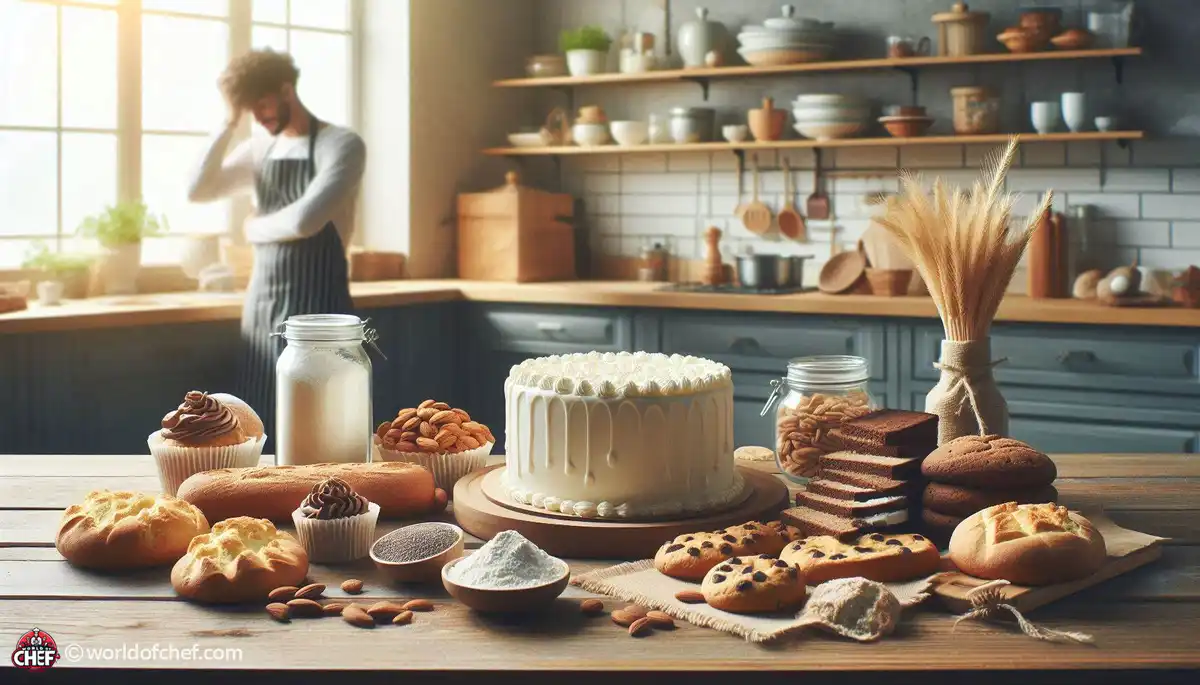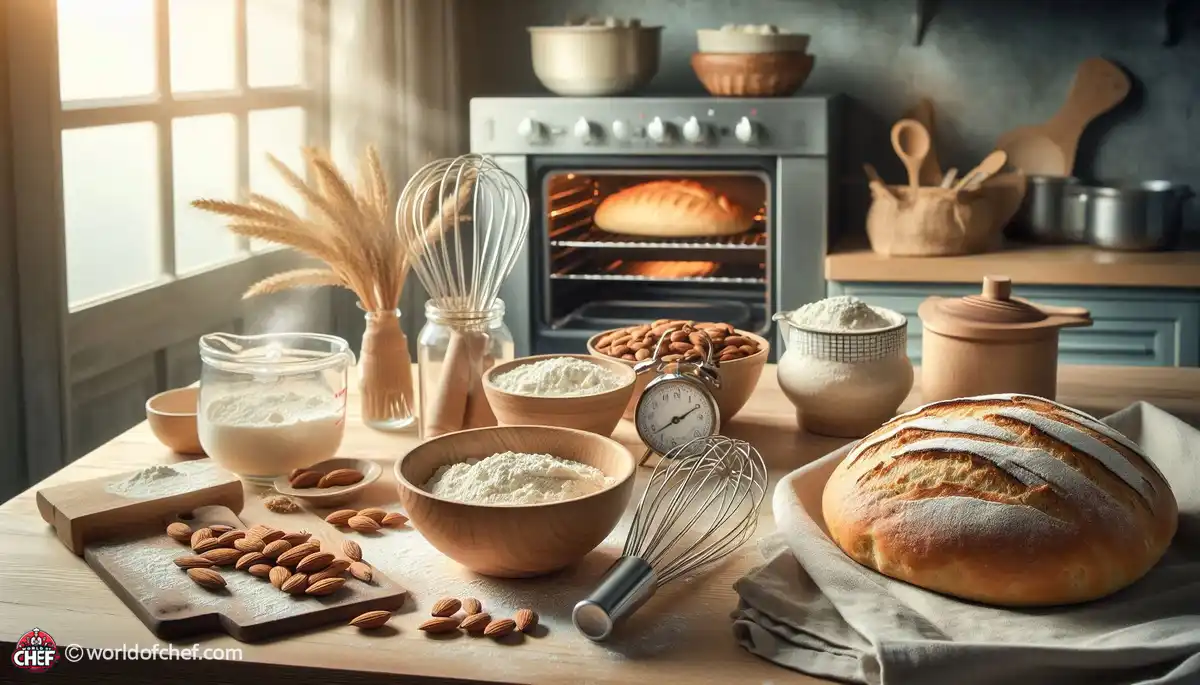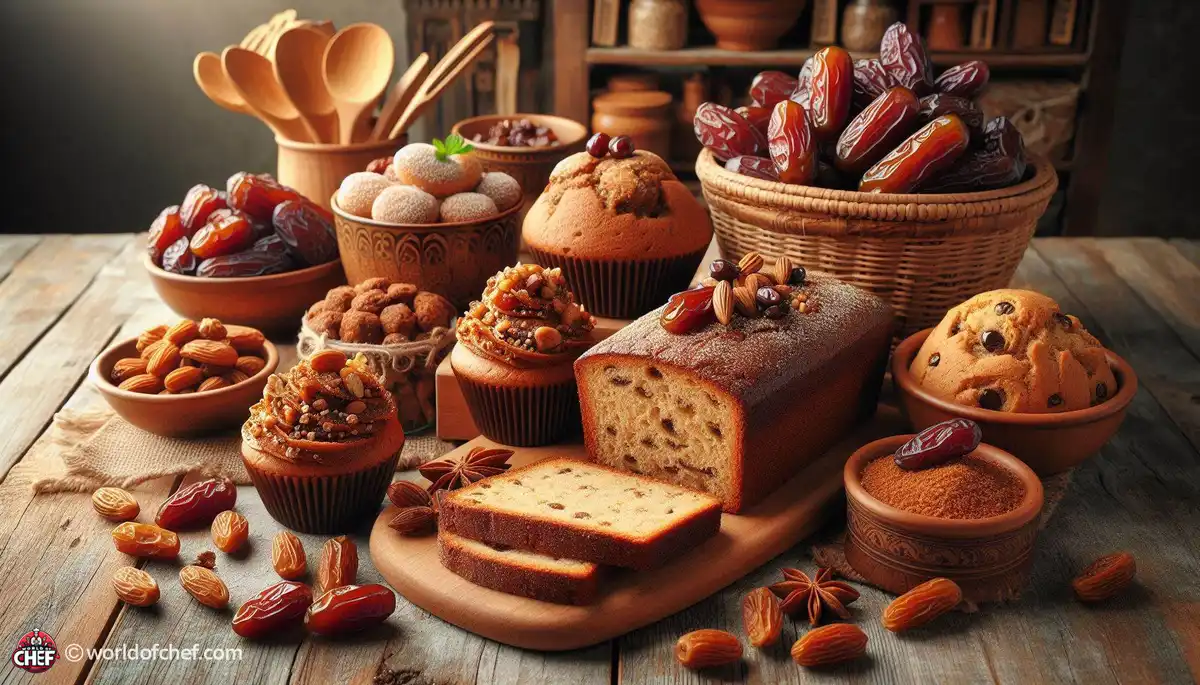
Understanding Oven Hot Spots and How to Bake Around Them
Russell Comeaux - Mar 30, 2025 - 13 min read


Baking can be so joyful, yet at times very frustrating, especially when the baking powder just does not do its thing. It would be easier to prevent baking disasters with some knowledge on how the baking powder works and the ways of correcting common mistakes. Here's a guide to quick fixes for those annoying baking powder mistakes so your treats will rise every time.
Baking powder is a leavening agent, meaning it causes baked products to rise. It consists typically of an acid in combination with a base that would be baking soda; sometimes it includes a dry absorbent like cornstarch. When you incorporate the wet ingredients, those moisten the baking powder and it then produces bubbles from carbon dioxide, that causes your cakes, your muffins, and your breads to rise and lighten up. Knowing what each element does helps avoid common errors.
When you add baking powder to your batter, it only activates when moistures and heat are introduced. The process of a chemical reaction that brings out the gas is initiated first, which is key in getting the right texture of the baked goods. If baking powder is too old or is not mixed in correctly, then your baked products might not rise as much as they should. This may require the knowledge of how to troubleshoot these matters for the betterment of one's baking experience.
The most common blunder is the use of old baking powder. Baking powder does not have a shelf life; it becomes inactive with time. If you take an old can from the back of your pantry, you will end up with flat cakes and thick muffins. For guaranteed success, one needs to check the expiry date and do a freshness test.
Use the spoon test to test the potency of your baking powder: add a teaspoon of the baking powder to a small bowl of hot water. It should start frothing immediately if it's fresh and good to use; little to no reaction should signal time to replace the product. This simple test may prevent you from going on and ruining your next batch.
Measurements should be accurate using baking powder. Too much can cause the baked product to have a bad taste, and too little could cause the product to sink. Measuring should therefore be done with a straight edge and dry measuring cup, leveling the powder out as you go so that it is accurate.
When you mis-measure the baking powder, the outcome may be pretty dramatic. Too much would give an over-aired texture and a bitter aftertaste. On the other hand, it might be too little when the product turns out to be dense and undercooked. You will get better outcomes in baking when you practice measuring accurately.
Add dry ingredients, such as baking powder, along with the other dry ingredients before you add wet ones. It will help spread the leavening agent evenly through the batter. Clumps of it can cause dense pockets in your baked goods.
When baking powder is not properly mixed, then some portions of your batter could rise and others not at all. This can sometimes lead to uneven textures as well as unsightly appearances. Achieve uniform rising by first whisking the dry ingredients together before they meet their wet counterparts.
Storage of baking powder is sometimes not done correctly. Store it in a cool, dry place, away from moisture and heat. Keeping it in the original container is often best since that's the one it came in and is designed to keep the powder dry. An airtight container also can work but must not be exposed to humidity.
If your baking powder contains clumps or visible moisture, this is a probable issue with improper storage. It may not work correctly in baking and you may lose with terrible baking. Always inspect the baking powder for such signs and discard it if moist.
Too much baking powder is an apparent good method to ensure your baked products will puff up. It might, however backfire in your face. Too much leavening may make your baked products end up too airy, causing them to rise quickly and then collapse. This also makes it taste not so good and leaves a nasty aftertaste.
The best method to prevent excessive use of baking powder is to always follow the amounts indicated by the recipe. If you want to add something different, you do it by using other ingredients and not by adding extra baking powder. This allows you to ensure that your baked products retain their flavor and texture.
Baking powder contains both an acid and a base; however, adding extra acidic ingredients like yogurt or buttermilk can create a reaction affecting your final product. Learning how these elements interact helps you avoid imbalance in your batter.
If the recipe includes acidic ingredients, you would typically add less baking powder. You certainly do not want excess gas release for using more acidic ingredients to ensure your baked goods rise evenly and hold their structure right.
What are the Key Differences Between Baking Powder and Baking Soda?
Most bakers get confused between baking powder and baking soda. The former is technically a leavening agent, though unlike baking soda, it contains both the base and acid required for leavening. It is thus important to know which one to use when to make your baked goods.
If you are out of baking powder, you can use baking soda but with an acid. You can do this by adding some vinegar or lemon juice. In this case, you may get satisfactory results depending on how you proportion it.
One cannot be farther from what has been expected after all such labor to get it together. Normally, one learns from the mistakes that did go wrong: the dough lacked leavening agents, an ingredient was used when stale, or their techniques of mixing were unsuitable. Reflecting on one's method while baking reduces the error that was there in that particular step
With these issues identified, it's now time to make amendments for the next baking period. Another area is examining ingredient freshness, or one can ensure accurate measurement of the ingredients and alter his or her mixing techniques since minimal variations can lead to grand changes. Remember that there's experimentation in baking that isn't just about a recipe.
Conclusion Mistakes when using Baking Powder: Embracing the Learning Curve
Baking is an art that requires practice, patience, and a bit of science. Mistakes will happen, but each one is an opportunity to learn and improve. By understanding common baking powder pitfalls and knowing how to fix them, you'll develop greater confidence in your baking skills.
There is nothing quite like the sensation of pulling a perfectly risen cake or batch of cookies out of the oven. And with these quick fixes for baking powder mistakes, you're well on your way to achieving delightful results every time. Welcome to the journey of baking and have each experience add something special to your culinary repertoire!

Russell Comeaux - Mar 30, 2025 - 13 min read

Alexis Larose - Mar 25, 2025 - 15 min read

Hailey Morrill - Mar 21, 2025 - 18 min read

Bobby McKelvey - Mar 18, 2025 - 12 min read